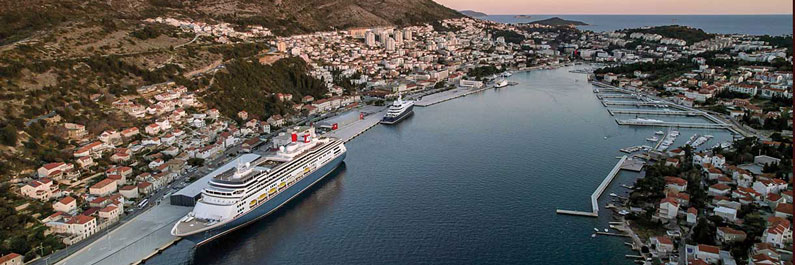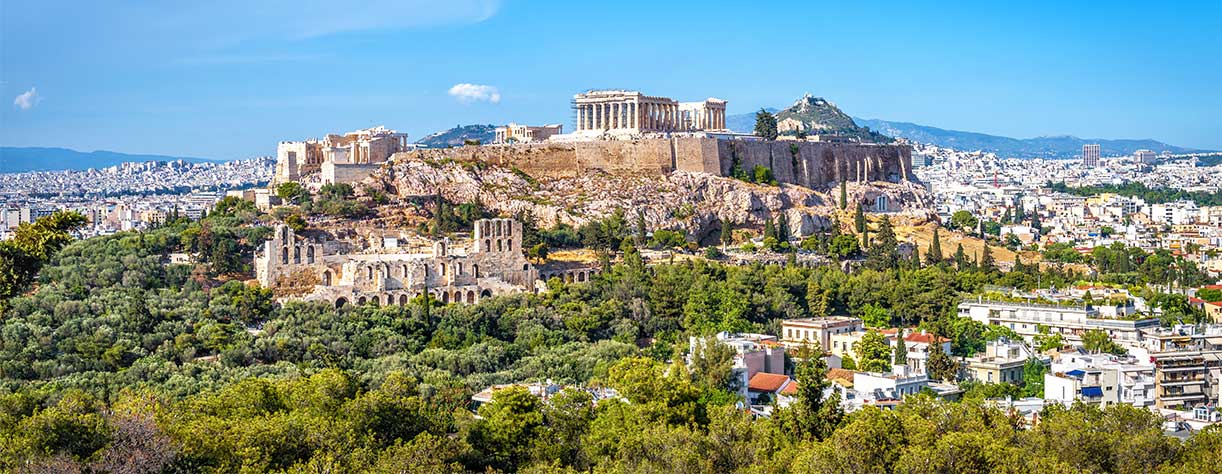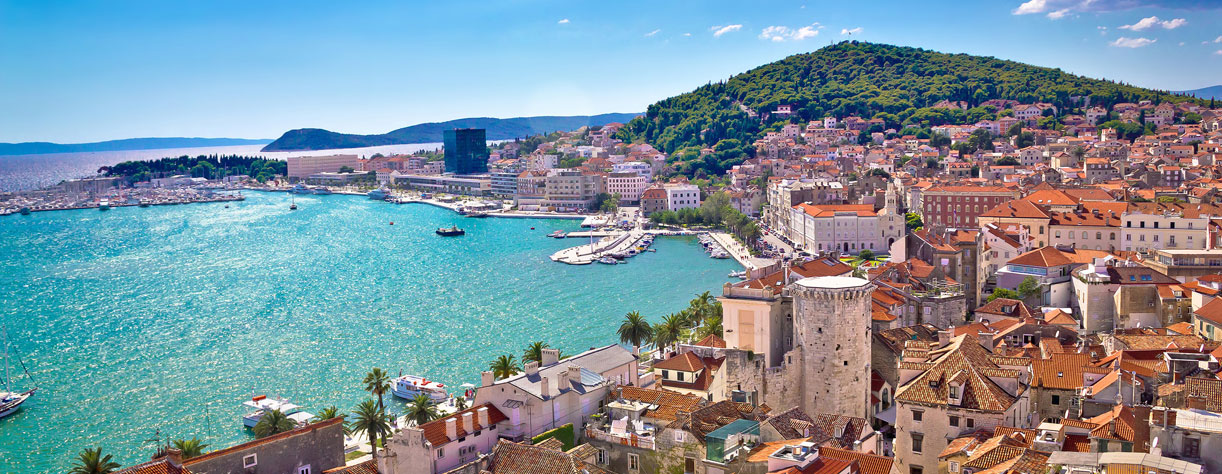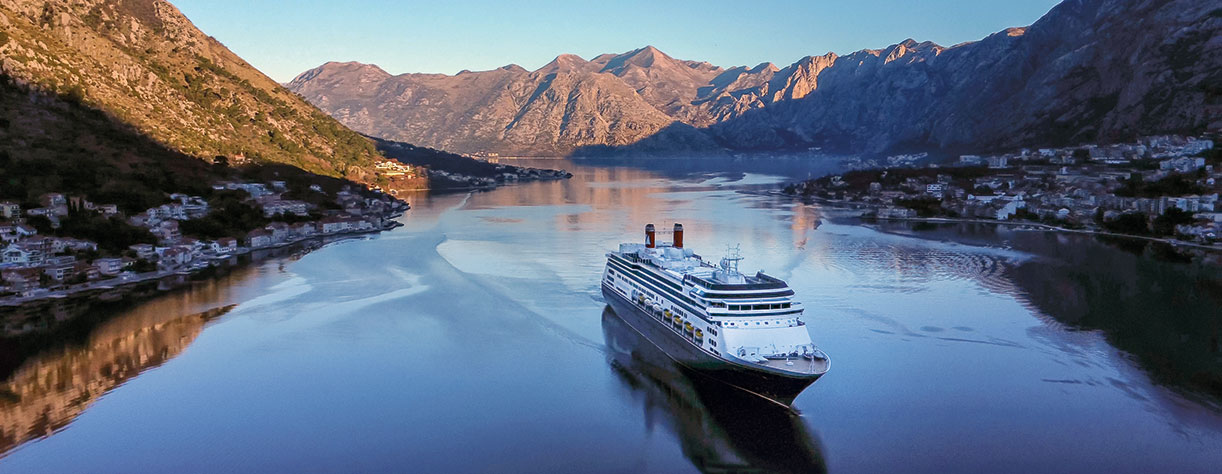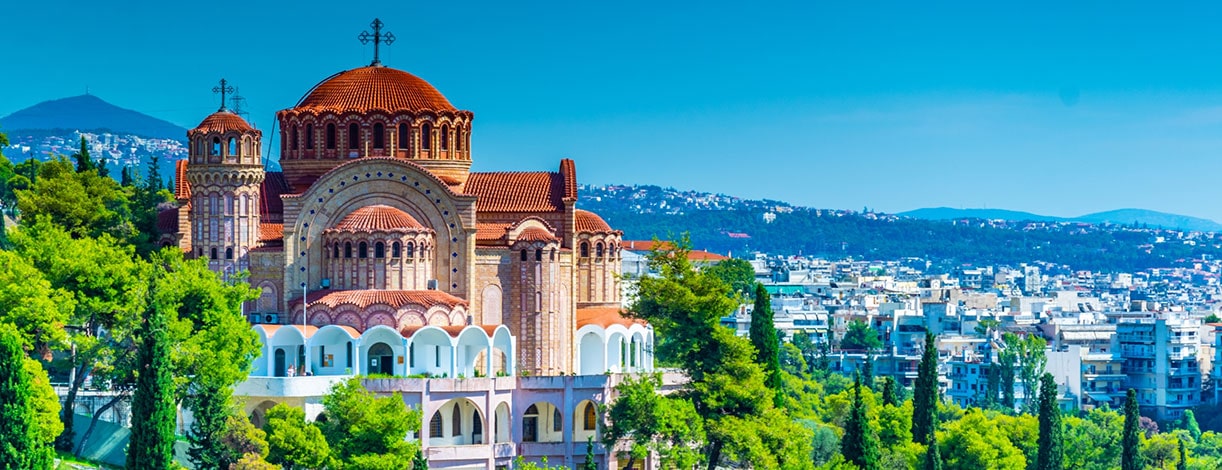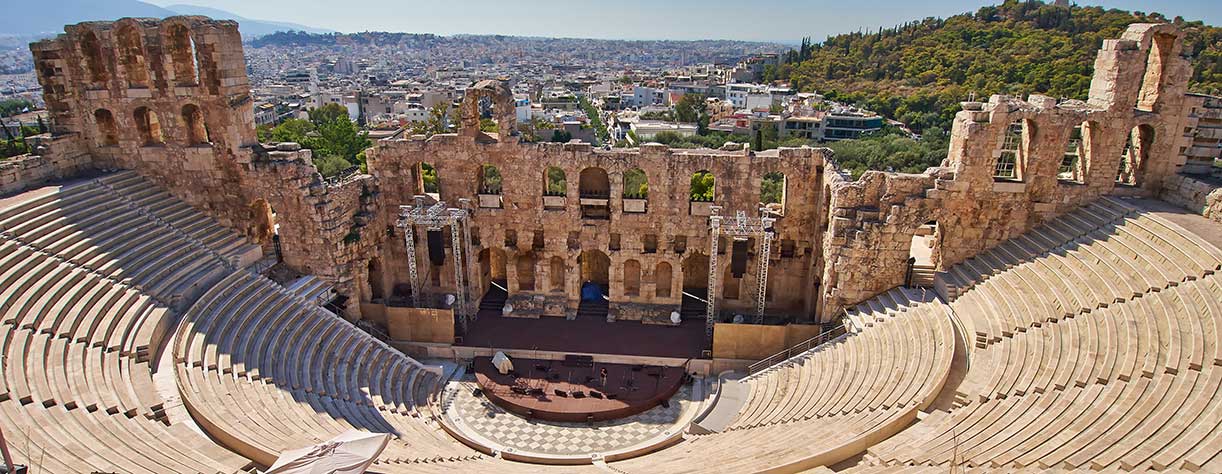What draws millions of tourists to Greece and the Adriatic every year? There’s the weather, of course – sunlight, warm Mediterranean breezes and blue water that beckons you in. The scenery is second to none, too. Islands, mountains, natural harbours, miles of beaches, and all their unique flora and fauna are simply delectable. The cities, the people, the food – oh, the food! Is there a more fulfilling menu than that from Greece and the Eastern Med?
But for some travellers, especially those from Europe, a holiday to Greece can feel almost like a homecoming. The influence of the ancient Greeks has never left the Western world, more than 2,000 years after the Romans made the lands their own. Greek culture is infused into our language, politics, architecture, law, arts and mythology.
Why travel to Greece should be on everyone’s list
The sense of place isn’t confined to the Acropolis or even just Athens and mainland Greece. It flows through the whole region, on the countless shimmering islands and across the Adriatic to the eastern shores of Italy and the endless, captivating coastline of Croatia.
Exploring Greece and the Adriatic by sea also puts your feet in the sandals of historical figures. When you’re sailing the Adriatic, gazing upon the Dalmatian Islands and the coastline of Puglia, Italy’s heel, you’re staring down history. The Aegean was once the centre of the universe, at least in the minds of those pioneers of Western culture. Thousands of years’ worth of traders, fishermen and naval crews will have contemplated those same vistas as they made their way to sell their wares, put food on the table or defend their lands.
Split, Croatia’s coastal capital
With Zagreb far to the north and well inland, Split is the cultural centre of gravity for the coastal area of Croatia. 1,800 km of mainland Croatia touches the sea, and when the islands are taken into account, that length more than triples. It’s a maritime nation, and Split is its port city.
Like all such centres of humanity, it’s overflowing with culture and craft, open-air plazas housing exciting restaurants, street musicians and unique shops to pick up one-off souvenirs. Split is no sprawling metropolis, either. The sea limits its growth to the south, but in all other directions, it’s mountainous and wooded, which means its population just creeps above 300,000, pretty modest for a second city. You feel that relaxed, regional atmosphere when you walk the streets and observe the daily lives of the locals. An Adriatic holiday simply must include a visit.
When is a fjord not a fjord? The Bay of Kotor
If you’re lucky enough to have visited the fjords of Scandinavia on your travels, you might feel a sense of déjà vu when you approach the Bay of Kotor by ship. The steep-sided, mountainous mouth inviting you in from the sea looks like it would slot nicely into Norway’s icy western coast rather than Montenegro’s balmier front. Geologically, they are quite different (there were no glaciers this far south) but they are every bit as breath-taking and draw visitors from far and wide to admire the steep, rocky slopes.
While you’re on this leg of your Adriatic holiday, stop off in the beautiful port town of Kotor that wraps around the bay for a day wandering the little streets. Just grab a bite to eat and soak up the atmosphere.
The cities and islands of the Aegean
The history and fables just go on and on in this corner of the Mediterranean. The Aegean is another blue, island-dotted sea, bordered on its east and north by Greece and on its west by Turkey. Many of the islands are well known to sun-seekers – Kos, Samos and Lesbos are ever popular, with Rhodes and Crete marking the sea’s southern extremities. Even if you never drop anchor on a Greek cruise, we guarantee there’s always something to look at on the horizon, or perhaps you’ll sail close enough to see life on the beaches and harbours.
To sample the culture of the region, stop off and explore the cities that owe their existence to this magnificent body of water. Let’s go from east to west.
First, there’s Kusadasi in Turkey, a thriving resort town overlooking Samos, from where you can visit the ruins at Ephesus. Then there’s Kavala, an ancient Greek port town set against a backdrop of lush green hills that lead down to a gorgeous front with bars, cafes and views of the sea to savour.
Thessalonica (known in Greece as Thessaloniki) is the country’s second city, which manages to be a modern and thriving port, vibrant city and living museum all in one. You’ll marvel at the perfectly preserved architecture and walk the streets that Alexander the Great might have trodden – after all, the city is named after his sister, Thessalonike. You simply must visit the Archaeological Museum of Thessaloniki when you travel to Greece’s second city, but don’t worry – there’s plenty of time to fill yourself with fabulous local cuisine.
Volos is a much smaller place, with only around 150,000 citizens, but it’s an important port town located in a natural harbour fortified by mountains. It can’t quite boast ancient roots (unusual for this part of the world) in fact, the town that grew up in the Middle Ages was badly damaged by an earthquake in 1955, so you’ll find a much more modern settlement here, and it’s a fascinating look at vivacious, mercantile, contemporary Greek life. If you leave without visiting one of the many outrageously good seafood restaurants, you’ll regret it.
Finally, Athens, the centre of it all – the capital of a Greek civilisation that spread as far east as modern-day Afghanistan and included much of Iran and northern Egypt. The contrast to Volos could not be starker – the Greek capital and its 3.7 million inhabitants give this city a hive-like feel. There’s always organised mayhem going on, and as you make your way down the narrow streets, you’ll pass a ten-year-old office block one minute and a 2,000-year-old structure the next.
Pushing its way up out of the delightful Athenian chaos is the Acropolis, the hill where you’ll find the Parthenon. It’s a world-famous columned temple dedicated to Athena, goddess of warfare and wisdom (as well as handicrafts, which the Greeks kept a bit quieter about). It’s full of tourists these days, but for a sample of the sheer ambition and craftsmanship of this ancient people, join them and get a closer look.
You shouldn’t visit Athens thinking it’s just about the history, though, any more than you would in London, Rome or Tokyo. It’s a living capital, a centre of governance, culture and art – there are just as many modern sculptures as there are ancient ones and an art gallery for every museum. You’ll be blown away by the contrast and revel in the choice of restaurants, bars, shops, cafes and museums to savour. Memories of Athens will linger forever.


